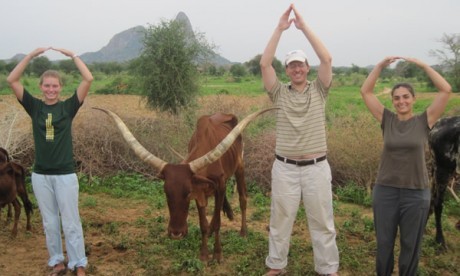There’s a term biologists and economists use these days — ecosystem services — which refers to the many ways nature supports the human endeavor. Forests filter the water we drink, for example, and birds and bees pollinate crops, both of which have substantial economic as well as biological value.
If we fail to understand and take care of the natural world, it can cause a breakdown of these systems and come back to haunt us in ways we know little about. A critical example is a developing model of infectious disease that shows that most epidemics — AIDS, Ebola, West Nile, SARS, Lyme disease and hundreds more that have occurred over the last several decades — don’t just happen. They are a result of things people do to nature.
Disease, it turns out, is largely an environmental issue. Sixty percent of emerging infectious diseases that affect humans are zoonotic — they originate in animals. And more than two-thirds of those originate in wildlife.
Teams of veterinarians and conservation biologists are in the midst of a global effort with medical doctors and epidemiologists to understand the “ecology of disease.” It is part of a project called Predict, which is financed by the United States Agency for International Development. Experts are trying to figure out, based on how people alter the landscape — with a new farm or road, for example — where the next diseases are likely to spill over into humans and how to spot them when they do emerge, before they can spread. They are gathering blood, saliva and other samples from high-risk wildlife species to create a library of viruses so that if one does infect humans, it can be more quickly identified. And they are studying ways of managing forests, wildlife and livestock to prevent diseases from leaving the woods and becoming the next pandemic.
It isn’t only a public health issue, but an economic one. The World Bank has estimated that a severe influenza pandemic, for example, could cost the world economy $3 trillion. Read more
Sources
Additional readingNews category: Features.




